At least 11 dead, 20 missing after cyclone strikes southern Brazil
At least 11 people have been killed and another 20 remain missing in Brazil’s southern state of Rio Grande do Sul after an extra-tropical cyclone hit the region on Friday, according to the state’s authorities.
Authorities have issued warnings for a risk of landslides in several regions. They have conducted several thousand rescue operations in the past two days.
The state’s Civil Defense Department said on Saturday, 40 municipalities have been impacted by landslides, floods and power outages.
The storm caused torrential rains, prompting helicopter searches and rescue for victims wading in flooded neighborhoods.
A total of 2,330 people have been evacuated, 602 displaced, and over half a million people have been left without electricity.
The governor of Rio Grande do Sul, Eduardo Leite, said that their main priority is to find the missing and save people who may still be stranded by the floods.
“Our main objective at this first moment is to protect and save human lives. We are rescuing people who are stranded, locating missing people and giving all the support to the families,” he said.
State Governor said authorities have carried out 2,400 rescues in the last two days.
Brazilian President Luiz Inácio Lula da Silva has promised a “rapid response” in the affected areas and “all the support” to those hit by the cyclone.
The passage of the cyclone along the coast of this border region with Argentina and Uruguay has left a trail of destruction, causing landslides, floods, and power outages in thousands of homes and damaging several bridges, which has been hindering the work of rescue teams.
O governador Eduardo Leite esteve em Caraá, na manhã deste sábado (17), acompanhado do ministro da Integração e do Desenvolvimento Regional, Waldez Góes, e do ministro-chefe da Secretaria de Comunicação Social, Paulo Pimenta. pic.twitter.com/LQXFUaXKWh
— Governo do Rio Grande do Sul (@governo_rs) June 17, 2023
One of the worst hit on the cyclone’s trail was the town of Caraa, with a population of more than 8,000 people.
“The situation in Caraa deeply worries us. It is essential that we can, in an organized way, quickly map the main affected areas and identify the people who need support,” said Leite, who visited the area.
In Maquiné, a municipality on the eastern coastline and one of the areas hardest hit by the storm, dozens of residents forced out of their homes trekked to shelters for food and dry clothes, the local authorities said. The authorities there issued a warning for a risk of landslides.
As of Friday night, Maquiné had received nearly a foot of rain in one day, damaging rural properties and homes, the authorities said in a news release.
The rain was also threatening the area’s agriculture, the backbone of Maquiné’s economy.
Brazil is commonly hit by deadly flooding causing devastation for decades.
In 2021, at least 20 people were killed after calamitous floods swept through northeastern Brazil. In 2020, heavy rains in southeastern Brazil killed at least 47 people and forced more than 18,000 from their homes.
Over the past decades, the world has been experiencing frequent and severe weather and climate-related natural hazards like droughts, forest fires, heat waves, storms, and heavy rain.
Climate change will make these events even more intense and more frequent.
Storms destroy 90 percent of displacement tents in Gaza, authorities say
VIDEO | Press TV's news headlines
VIDEO | The political project behind a billion-dollar fortune
Egypt says it rejected huge financial offers to accept Palestinian displacement
VIDEO | Iran launches 3 satellites into orbit aboard Russian Soyuz rocket
Ukrainian forces should retreat from Donbas for peace to happen: Russia
Abu Obeida: Masked Hamas spokesman who became voice of Gaza’s resistance
Qassam Brigades confirms martyrdom of its spokesman Abu Obeida


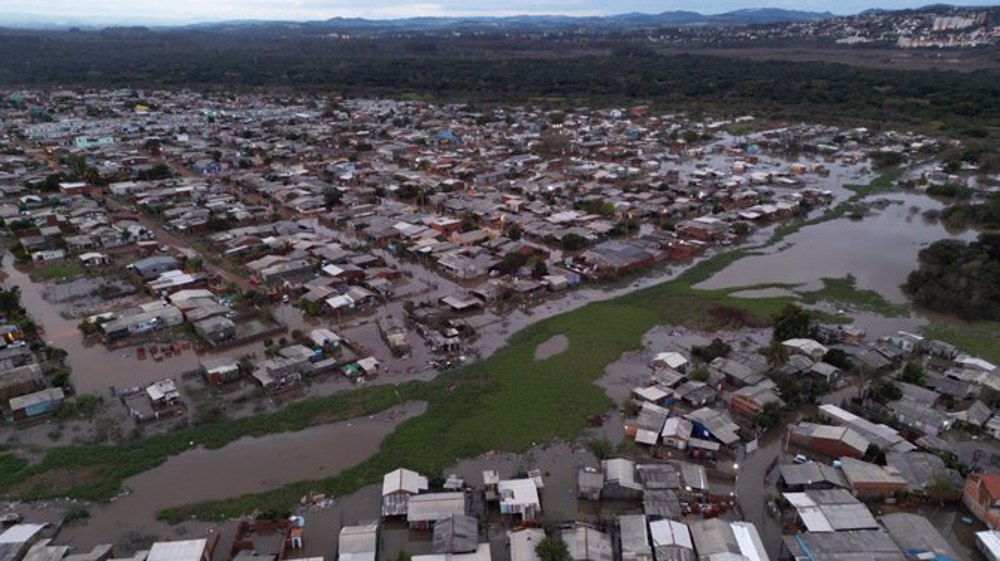
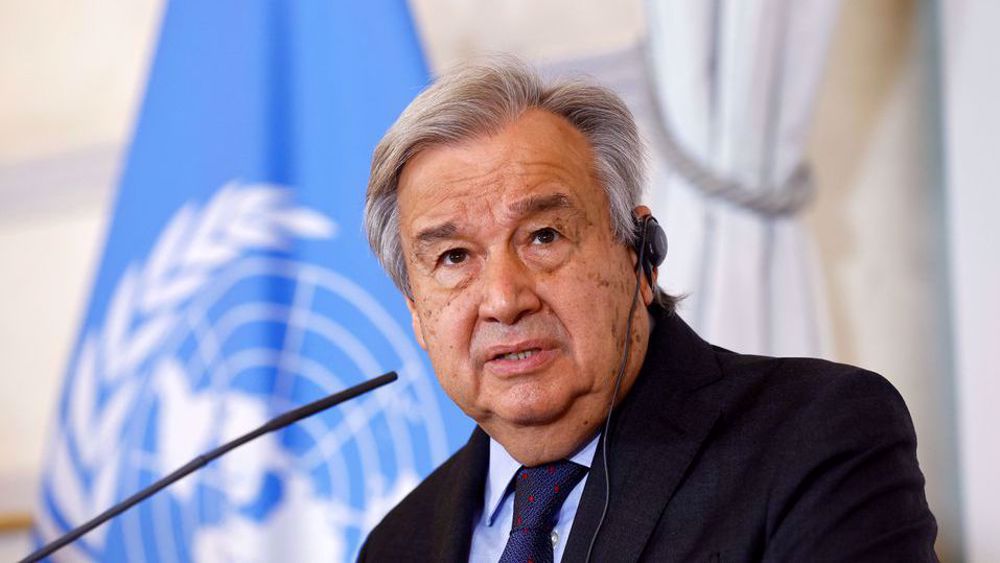
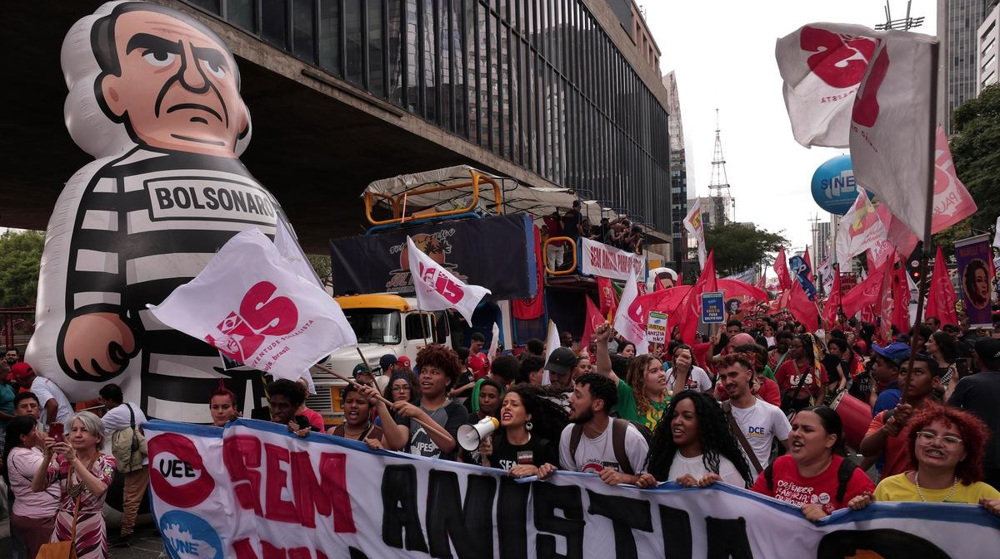

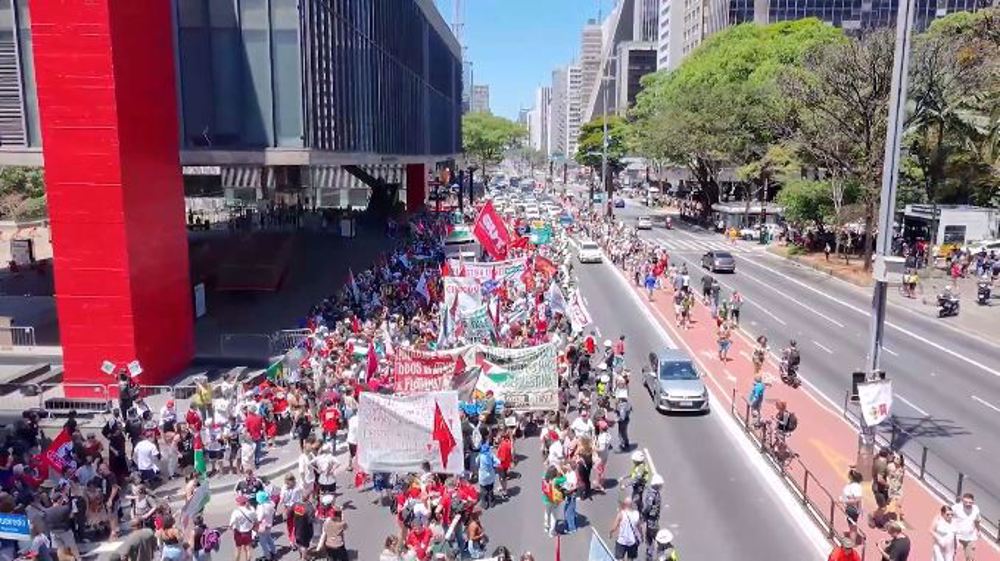




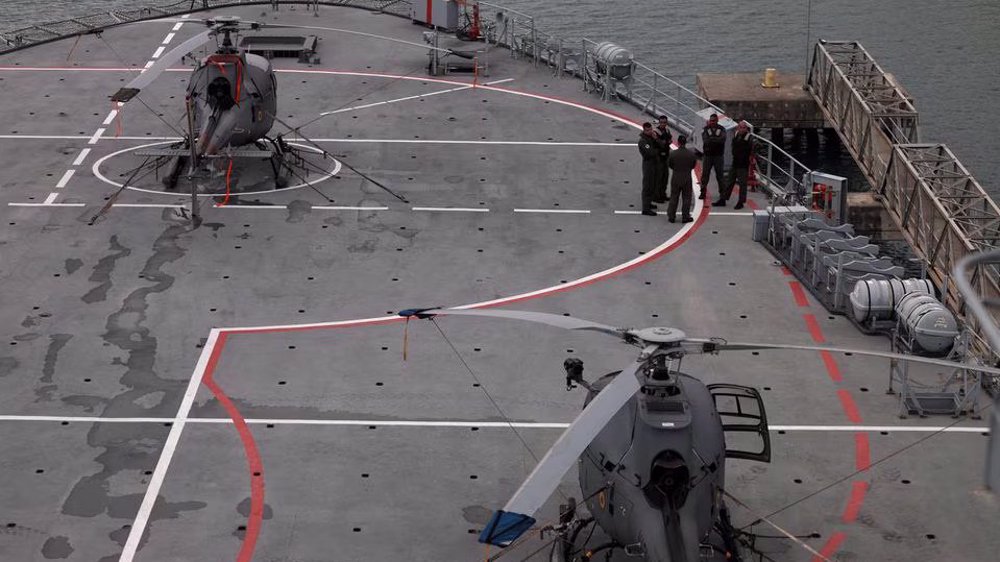


 This makes it easy to access the Press TV website
This makes it easy to access the Press TV website